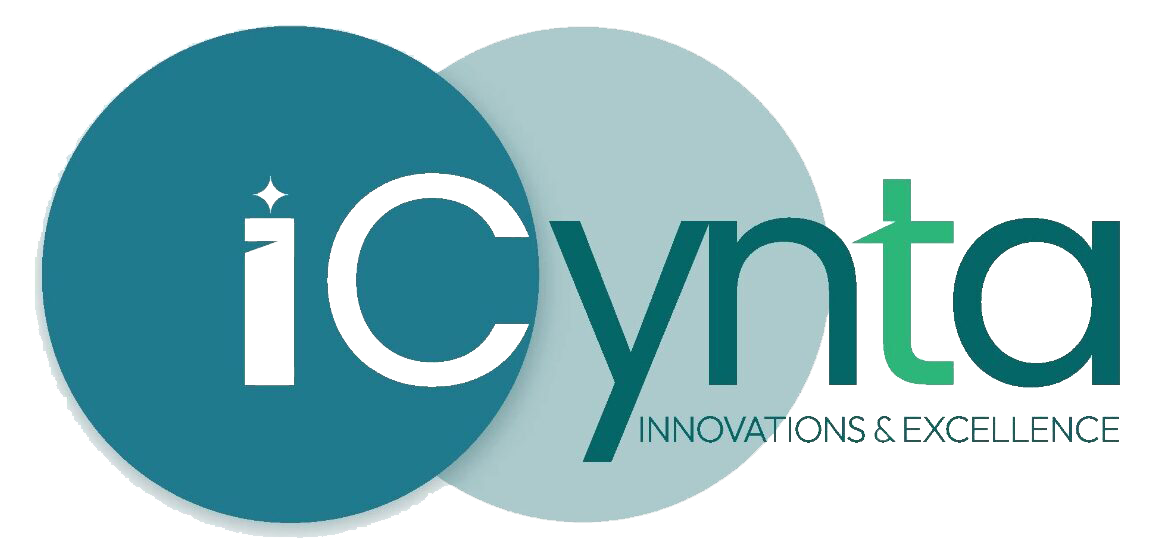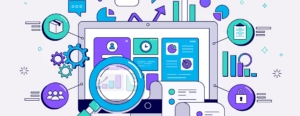In the rapidly evolving digital world, developing a web application is a structured and detailed process. Each stage plays a crucial role in delivering a functional, user-friendly, and secure web app. Understanding the web application development life cycle ensures that the final product is aligned with business goals and user expectations. Below are the key phases of the web application development life cycle (WADLC).
1. Planning
The planning phase is the foundation of the entire web application development process. In this stage, stakeholders and developers collaborate to understand the project’s purpose, target audience, and business goals.
Key Steps:
- Requirement Gathering: Collect detailed information from stakeholders regarding functionality, user expectations, and goals.
- Feasibility Study: Evaluate the technical, operational, and financial feasibility of the project.
- Scope Definition: Define the scope and key deliverables, as well as a timeline for the project.
The result of the planning phase is often a clear project charter and an outline of features, technical requirements, and milestones.
2. Design
The design phase involves transforming the conceptual idea into a working blueprint. This includes both the visual aspect (UI/UX) and the system architecture.
Key Components:
- Wireframes and Mockups: Create the structure and layout of the application through wireframes or mockups. These give stakeholders a preview of the application’s user interface.
- User Experience (UX) Design: Focus on making the app user-friendly and ensuring it provides an intuitive navigation experience.
- System Architecture: Define the technology stack, frameworks, and database structure that will support the application.
The design phase ensures that the app will look good and function effectively.
3. Development
In the development phase, the actual coding takes place. This is where the design becomes a functioning web application.
Key Tasks:
- Front-End Development: Developers build the user interface (UI) based on the design using HTML, CSS, and JavaScript frameworks like React, Angular, or Vue.js.
- Back-End Development: The server-side of the application is developed, usually in languages like PHP, Python, Ruby, or Node.js. Databases such as MySQL or MongoDB are set up to store and manage data.
- Integration: APIs and third-party services are integrated to enhance functionality, such as payment gateways or social media logins.
Throughout the development phase, developers follow coding standards and best practices to ensure that the code is maintainable and scalable.
4. Testing
Testing is essential to ensure the web application performs as expected, free of bugs or errors, and is secure.
Types of Testing:
- Unit Testing: Tests individual components or units of code.
- Integration Testing: Ensures that different modules work together correctly.
- Functional Testing: Verifies the application works as per user requirements.
- Performance Testing: Measures speed, responsiveness, and stability under load.
- Security Testing: Identifies vulnerabilities and ensures the app is safe from external threats.
Testing continues throughout the development process, but before deployment, a final round of extensive testing is performed.
5. Deployment
Once testing is complete and the application meets all requirements, it is ready for deployment.
Key Actions:
- Setting up the Server: Configure the production server to host the web application.
- Launching the Application: Deploy the code to a live server where users can access it.
- Monitoring: Keep track of the application’s performance, uptime, and user activity to ensure everything runs smoothly.
Some projects use Continuous Deployment (CD) systems to automate deployment, making the process faster and reducing human errors.
6. Maintenance
After the application is live, the web development life cycle doesn’t end. Ongoing maintenance is crucial for fixing bugs, improving performance, and updating features.
Ongoing Tasks:
- Bug Fixes: Address any issues reported by users or found through monitoring tools.
- Updates: Regularly update the application to support new browsers, devices, or third-party integrations.
- Feature Enhancements: Based on user feedback or new business needs, developers may add new features or improve existing ones.
Maintenance ensures the application remains secure, user-friendly, and aligned with changing business requirements.
Conclusion
Understanding the Web Application Development Life Cycle is crucial to creating a successful web app. From the initial planning phase to post-launch maintenance, each stage involves careful consideration and execution. By following these phases, businesses can ensure that their web applications are not only functional but also secure, scalable, and optimized for user satisfaction.
Whether you are building a simple website or a complex web app, a thorough approach to each of these stages can ensure long-term success in the digital landscape.





